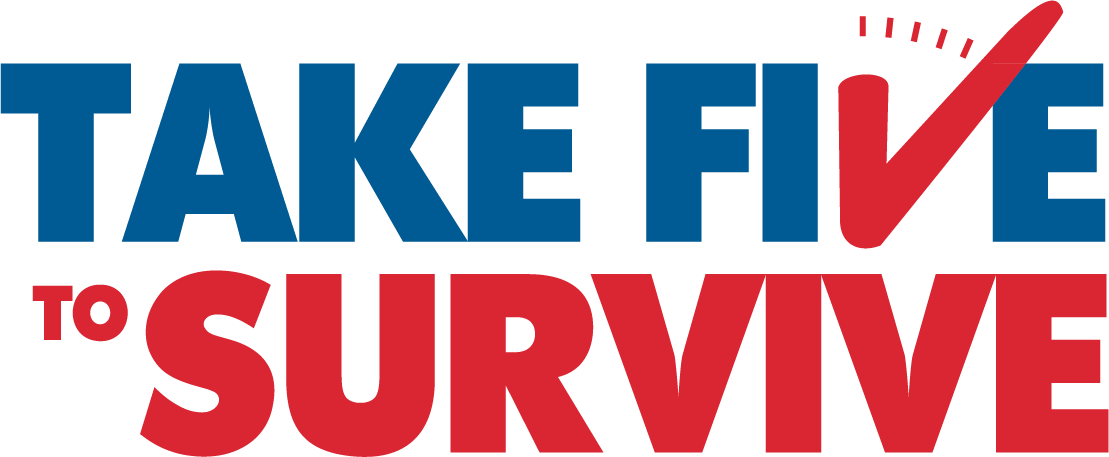Why prepare your home?
Statistics show that most fires, accidents, and injuries occur in the home. Furniture, appliances and even knick-knacks can become hazards in an earthquake. You can take steps now to make your home safer before a disaster.
Home safety check
Your home can be dangerous after a disaster. Use this checklist to see if your home is safe:
- Large furniture and appliances have been secured to the wall.
- Wall mounted objects have been secured with hooks instead of nails.
- Sleeping areas are free from items that can fall on you while you’re sleeping.
- Chemicals are stored securely and close to the ground so they can't fall and leak.
- Heavy items are stored on the lowest shelves.
- Plants and trees are trimmed so they are not touching the building.
- The hot water heater is strapped to the wall.
- Gas appliances have flexible connections.


Gather emergency supplies
Once the hazards are identified, you can easily and quickly make your home a safer place to live. Now that you have addressed possible hazards, you can stock your home with some important emergency equipment such as:
- Fire extinguisher(s)—at least one in the kitchen but ideally one by each exit to the home as well
- Smoke and carbon monoxide alarms with extra batteries
- Ladder for evacuating from a multi-level home
- Emergency supplies: read the Emergency Supplies flyer and the Preparedness Calendar
Prepare outside your home
- In rural areas, keep plants and grass green and remove all dead vegetation within 30 feet of the home.
- Clear pine needles, leaves and other yard debris from gutters and the roof. They can provide fuel for a fire.
- Move barbecue grills and outdoor fire pits at least 10 feet away from your home and any plants.
- Make sure your house number is easy to read in the dark from the street.
Build your skills
- Learn how to turn off your utilities.
- Learn how to use a fire extinguisher.
- If you have an escape ladder, learn how to use it safely.
Practice
Now that you’ve prepared your home for a disaster, it’s important to practice responding to emergencies with your family.
- Test smoke and carbon monoxide alarms every month.
- Hold a family earthquake drill. Practice Drop, Cover and Hold On.
- Have family fire drills to practice escaping from your home.
- Find two ways to escape.
- Decide on two meeting points for your family to gather. One should be a familiar place just outside your home, like a mailbox, and the other should be somewhere in your local area, like a friend’s home, school, or place of worship.
- Use your escape ladder.
- NOTE: some ladder brands say the ladder is only good for one use, so only practice setting up the ladder—do not have anyone go down it.
- Locate shutoff points for your utilities: gas, water and electricity.
- Review how to shut off each type of utility.
- Remember: Only shut off gas at the meter if you suspect a gas leak. Only a professional can turn gas back on.





